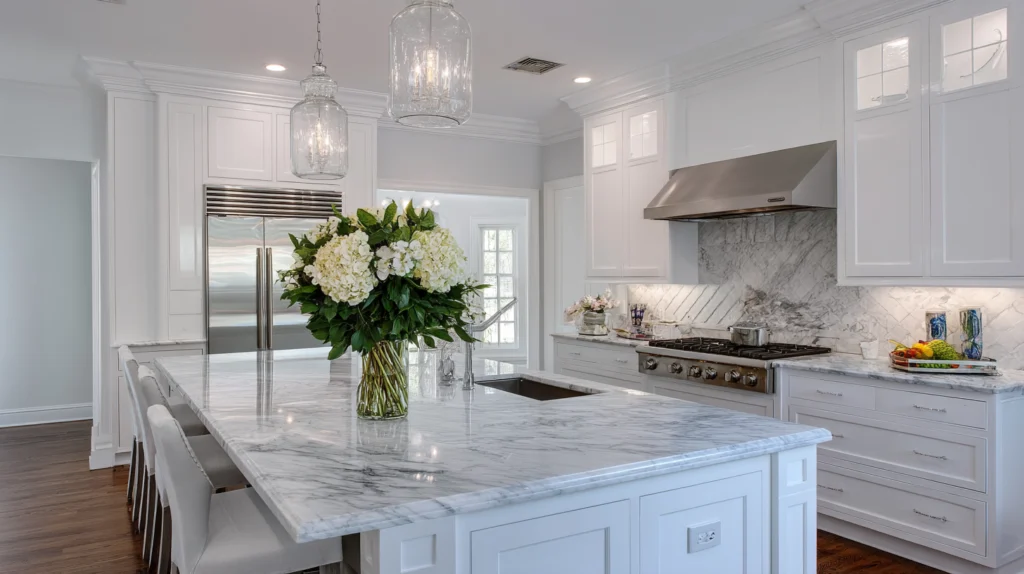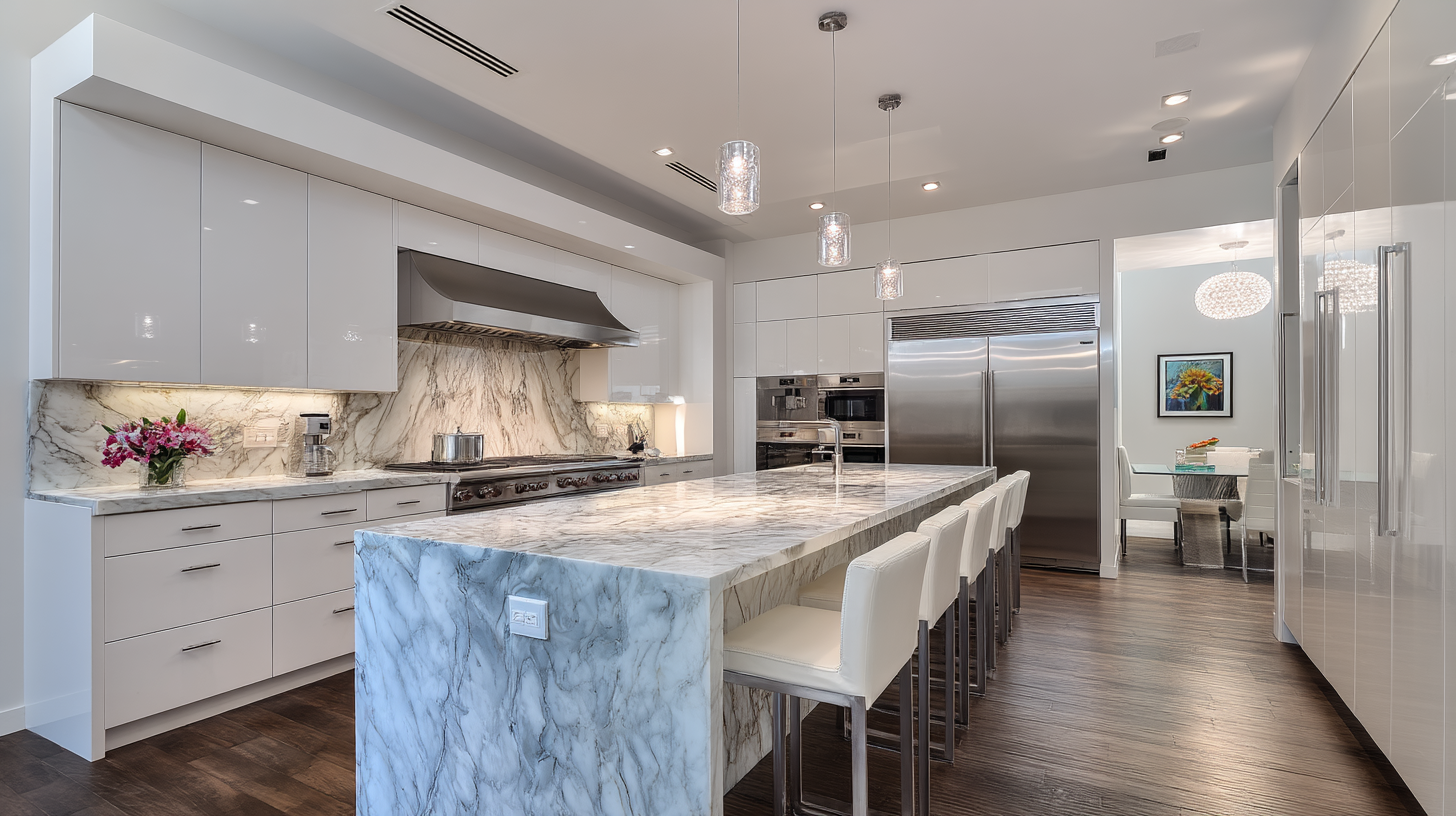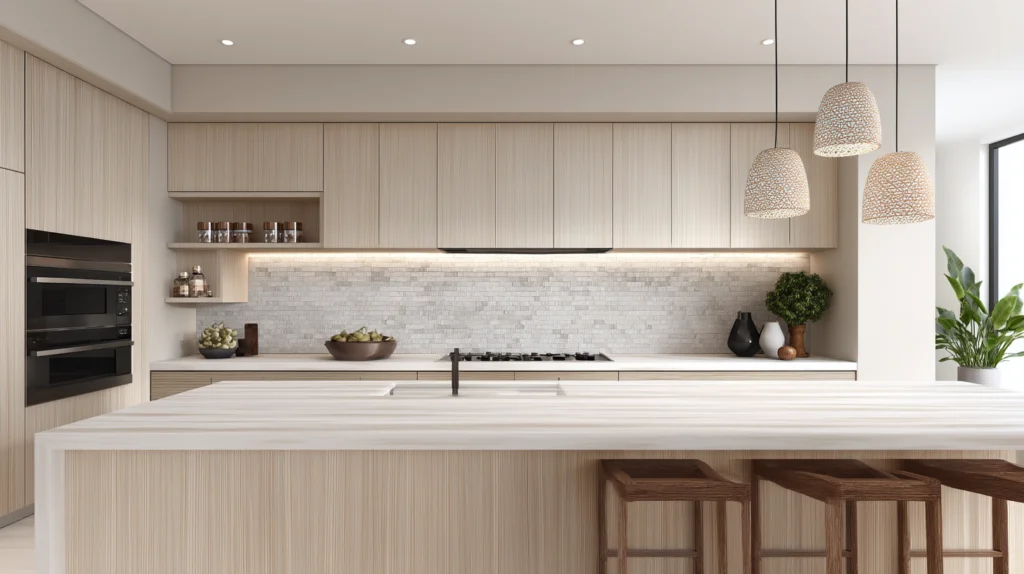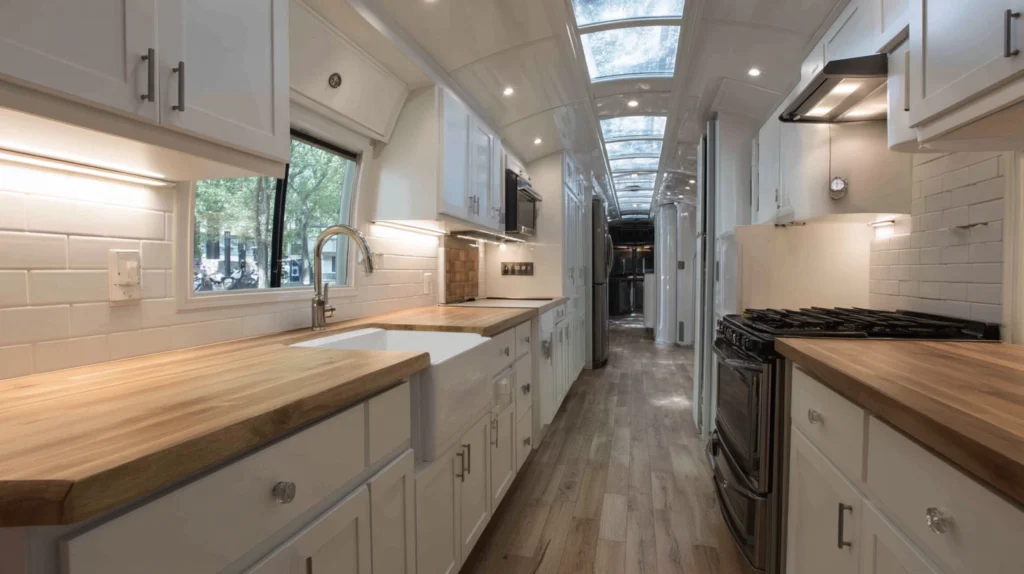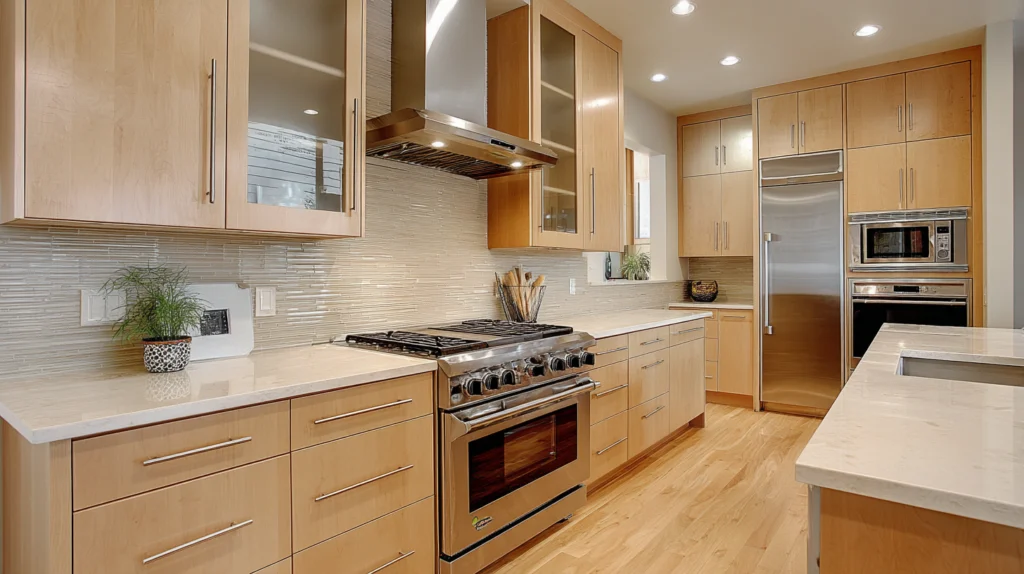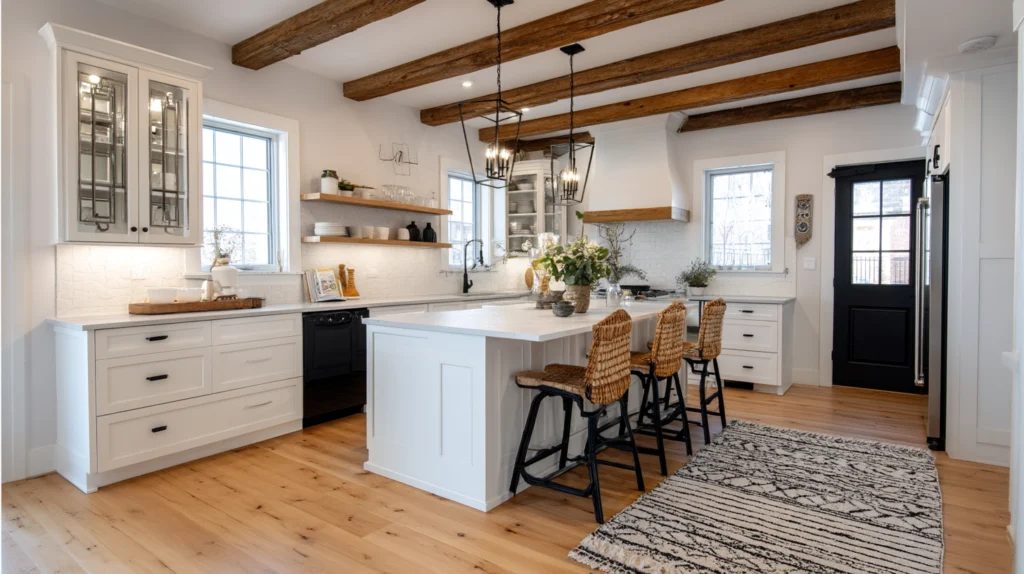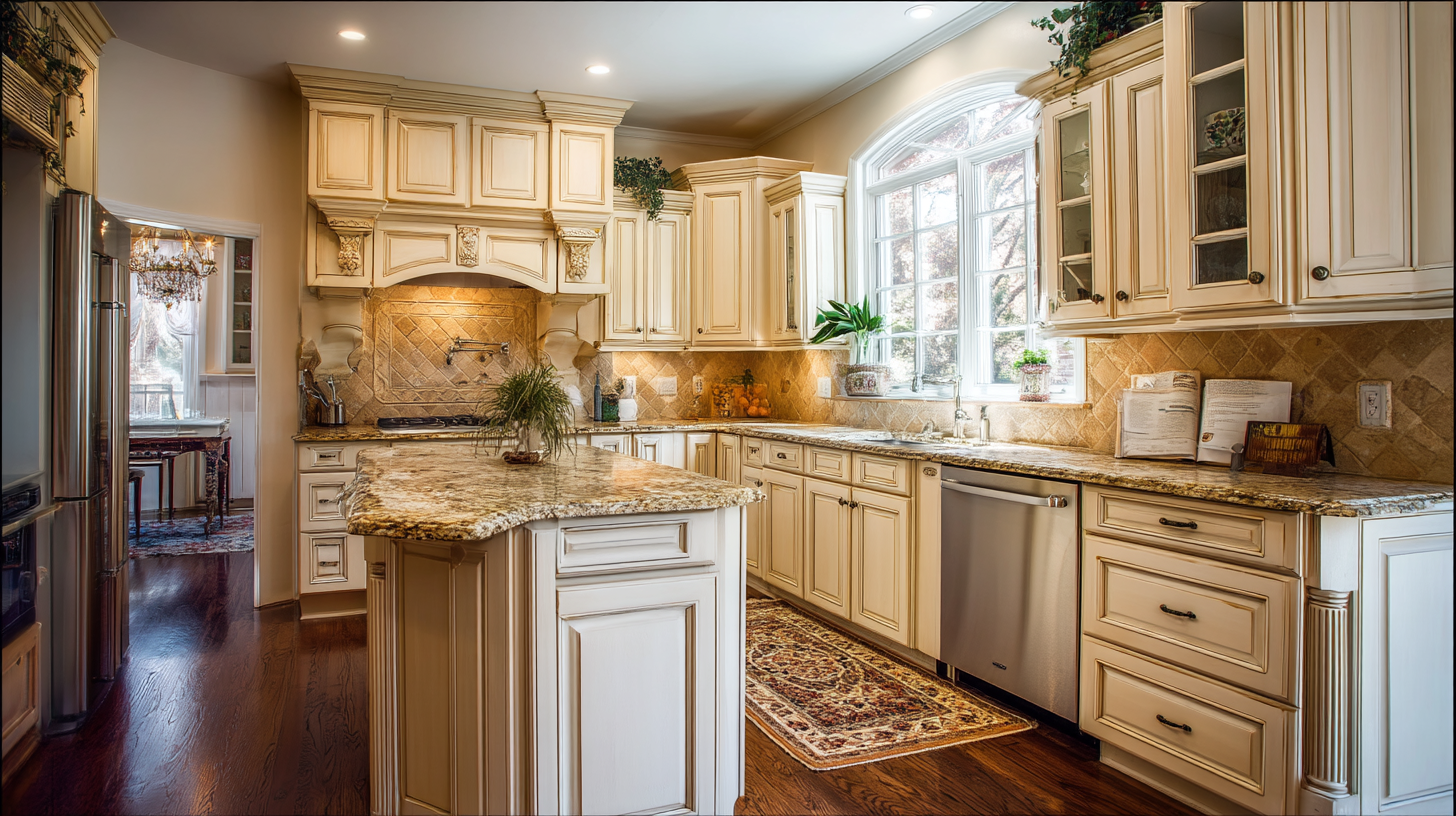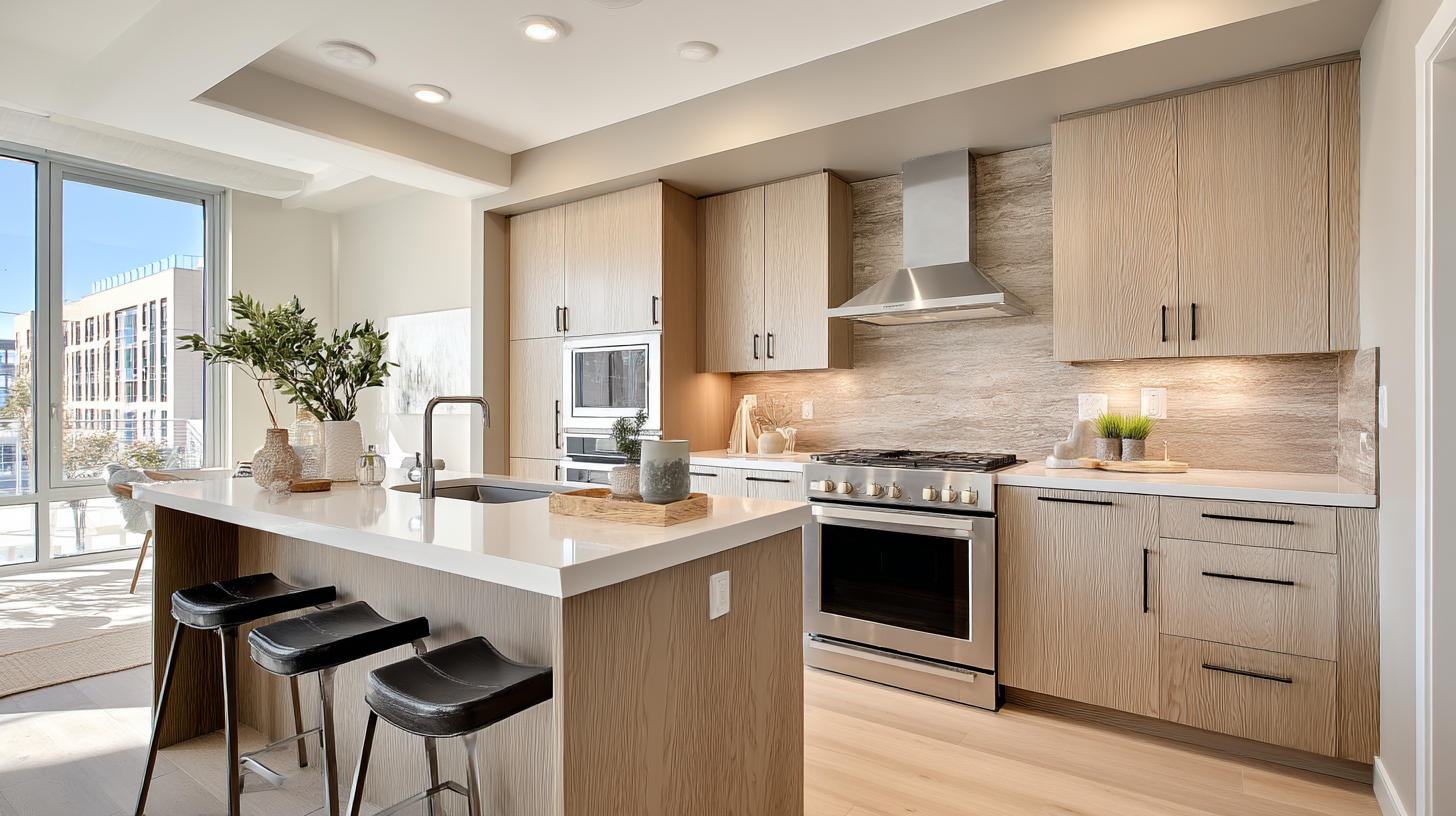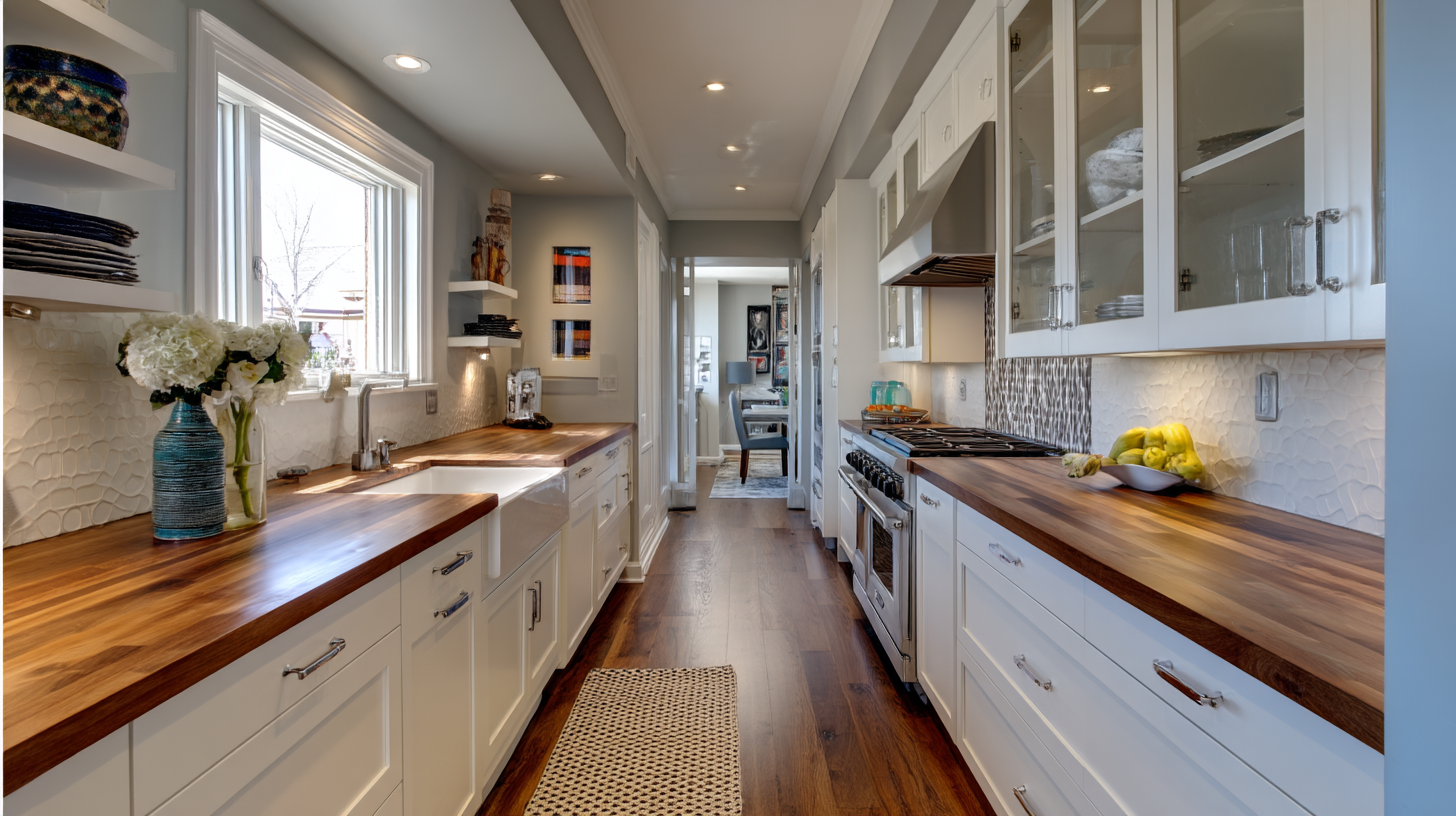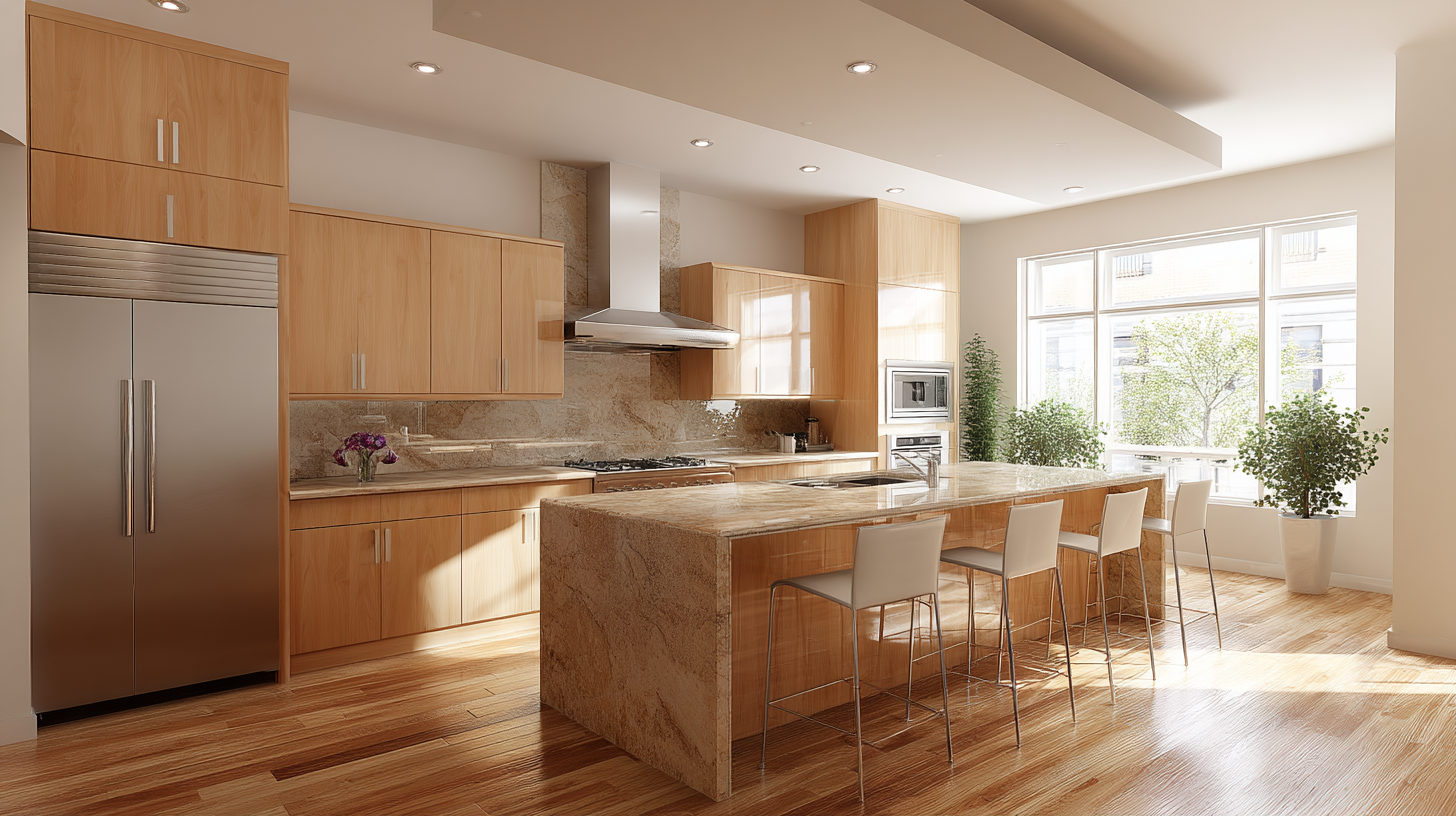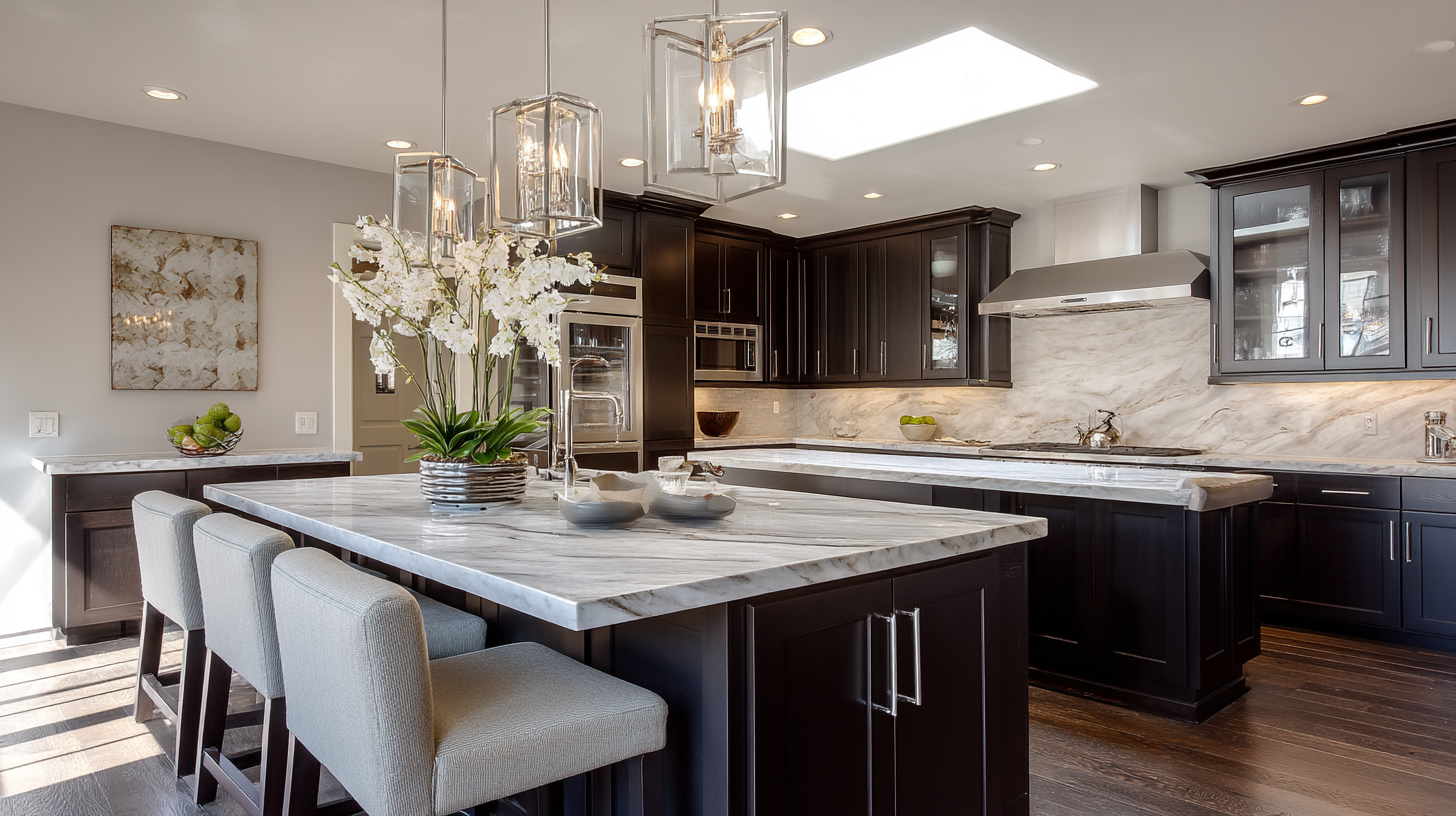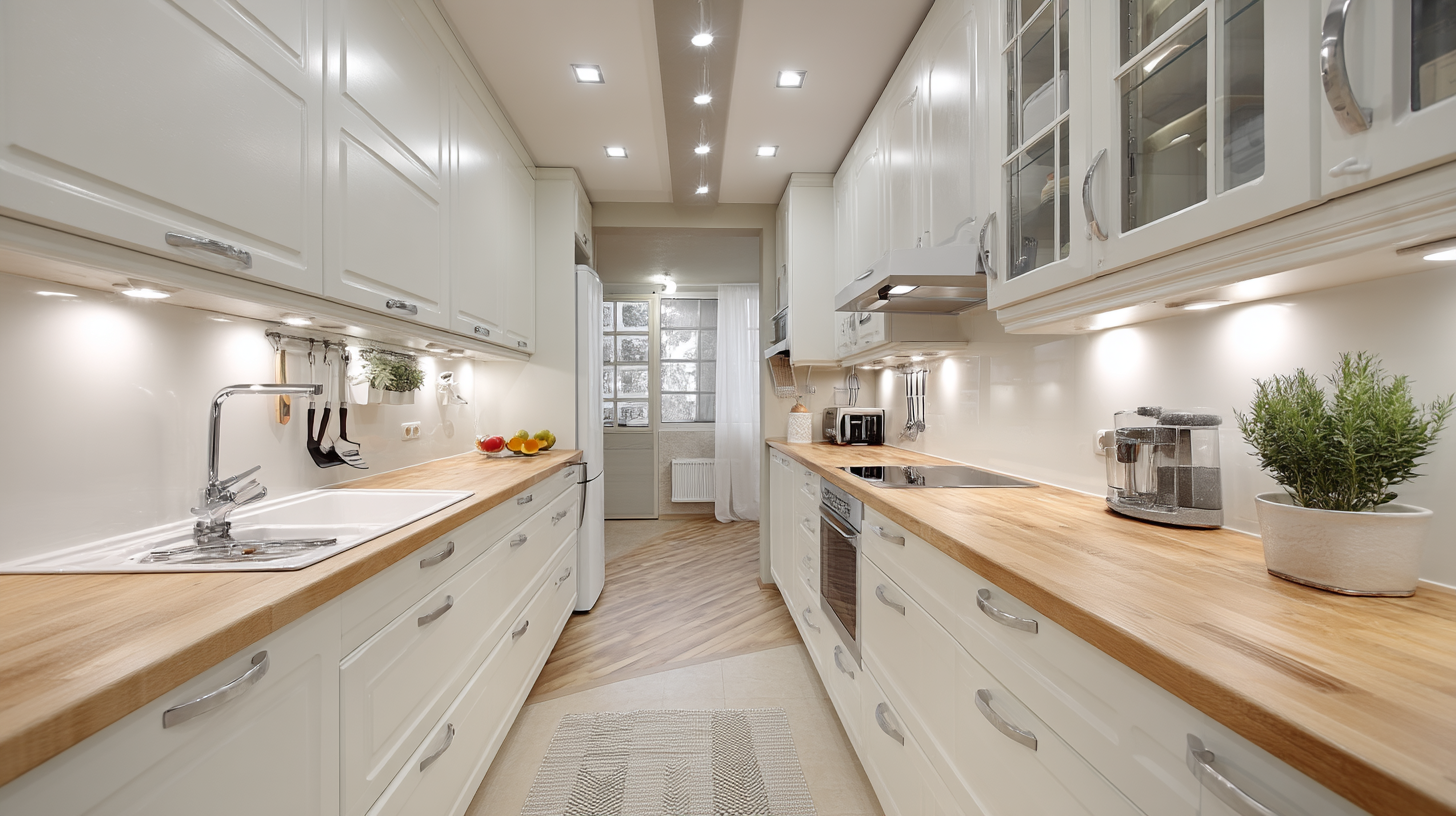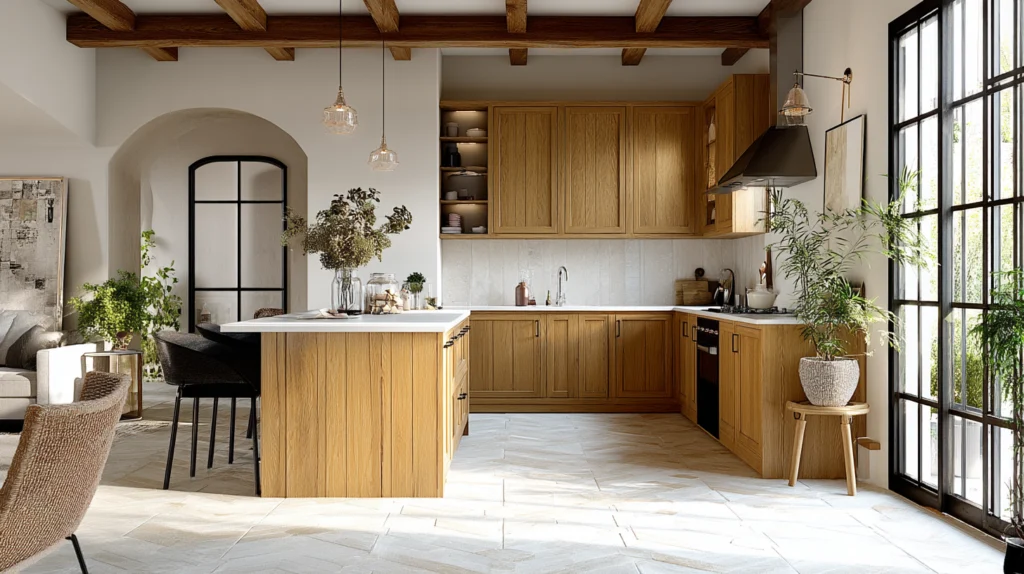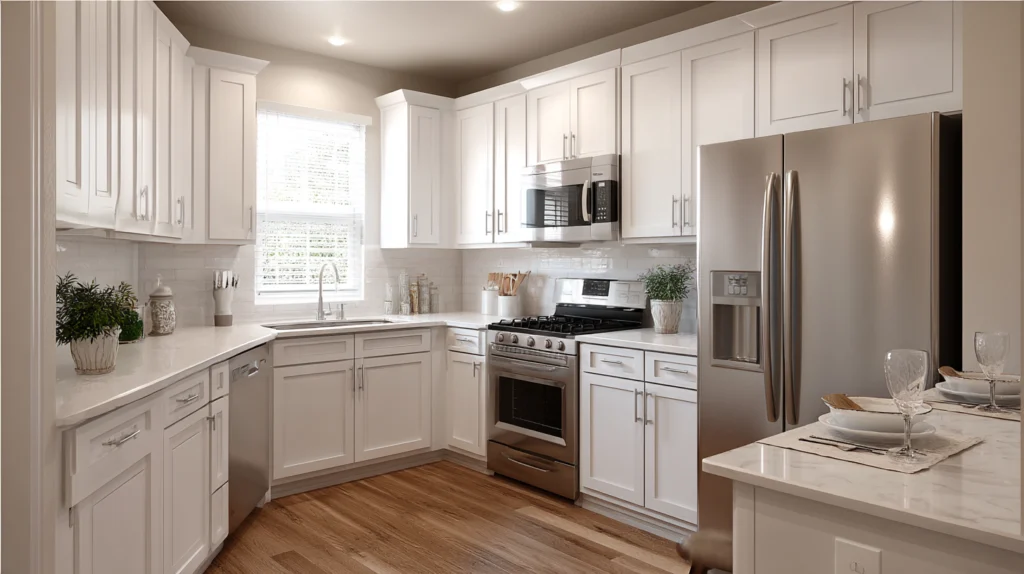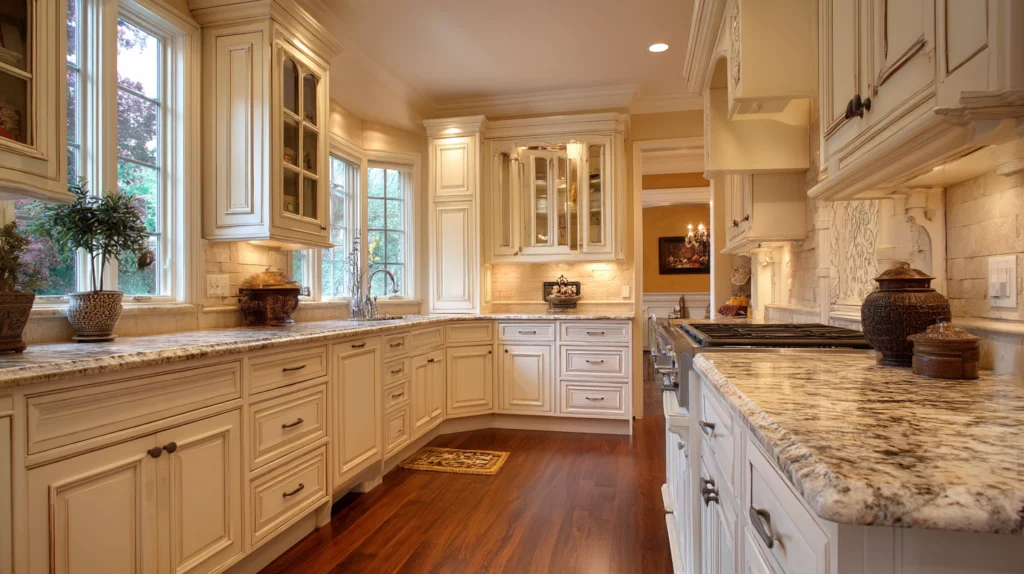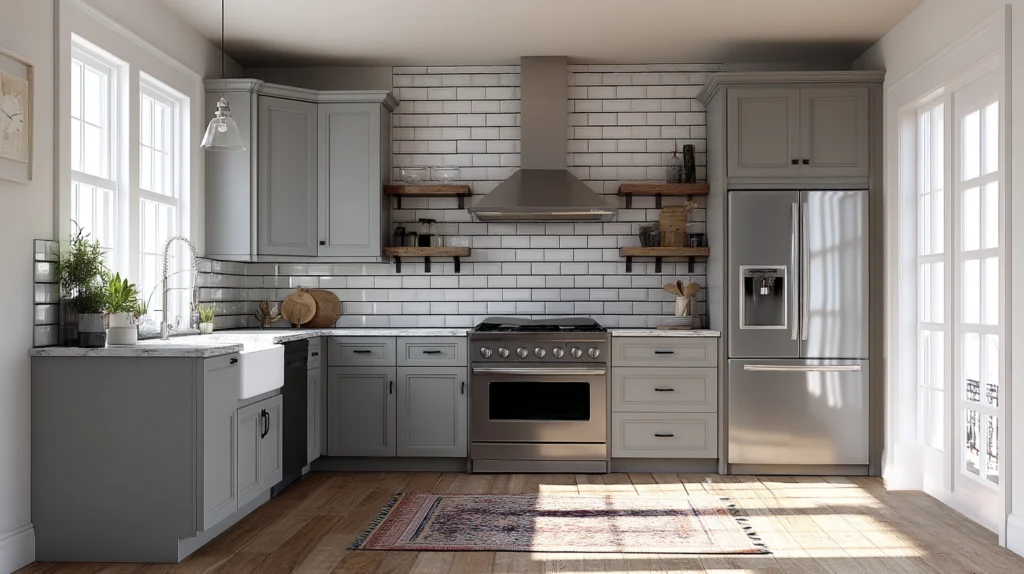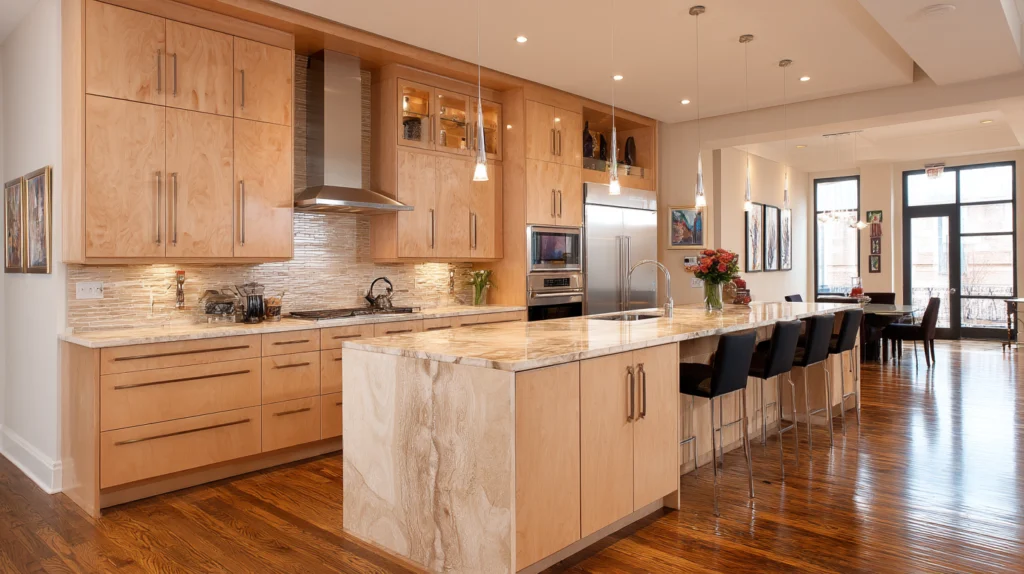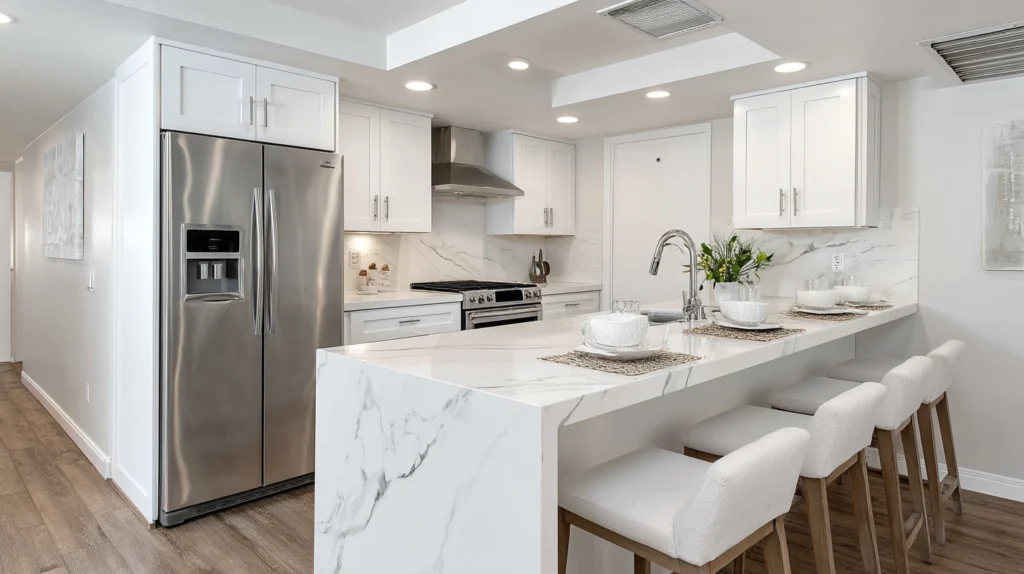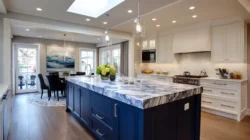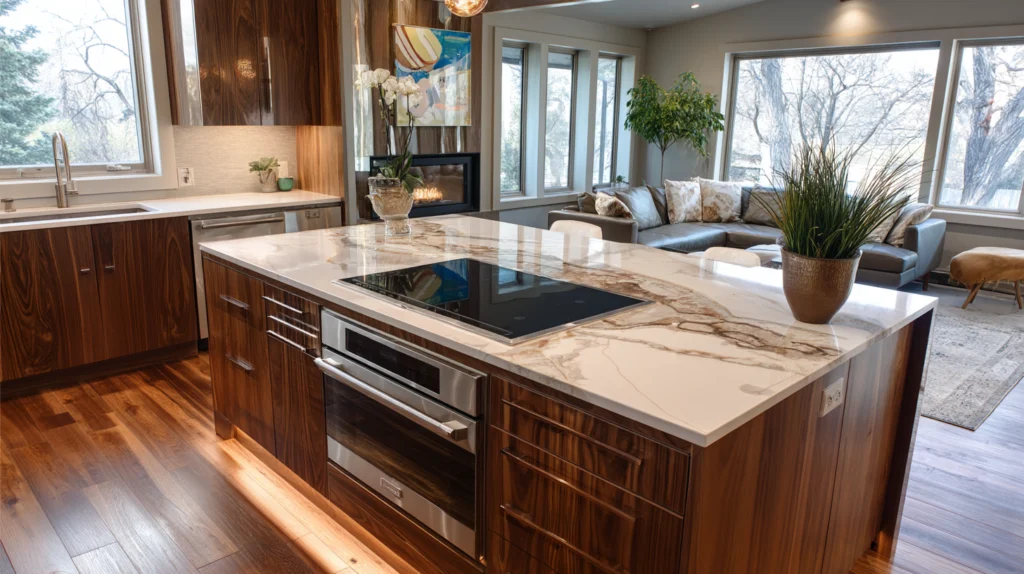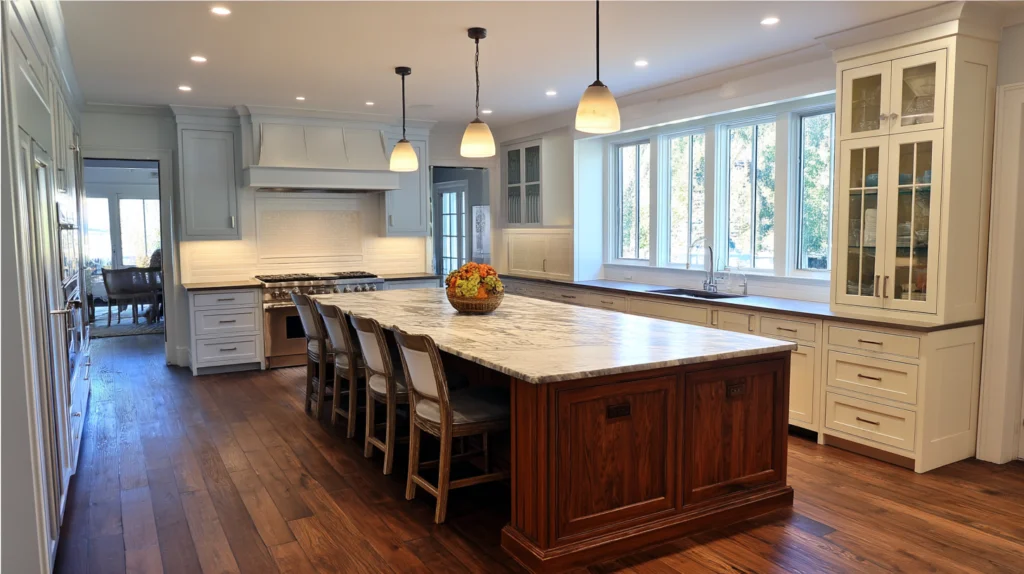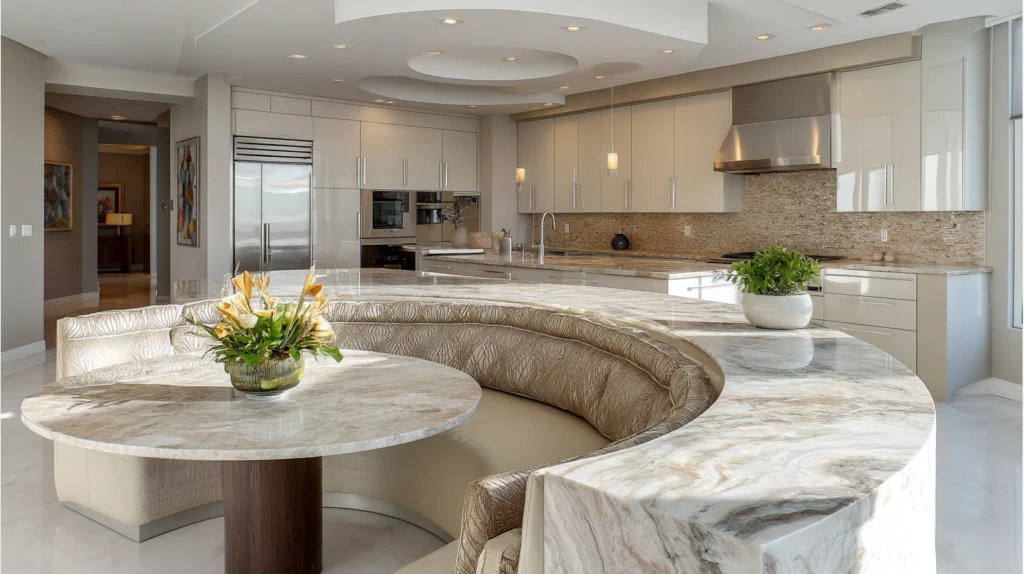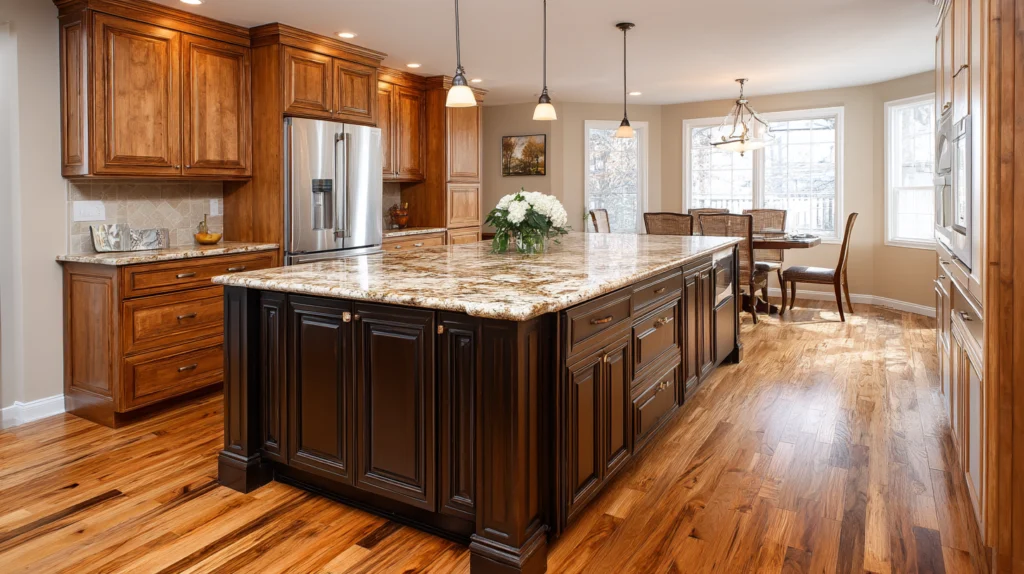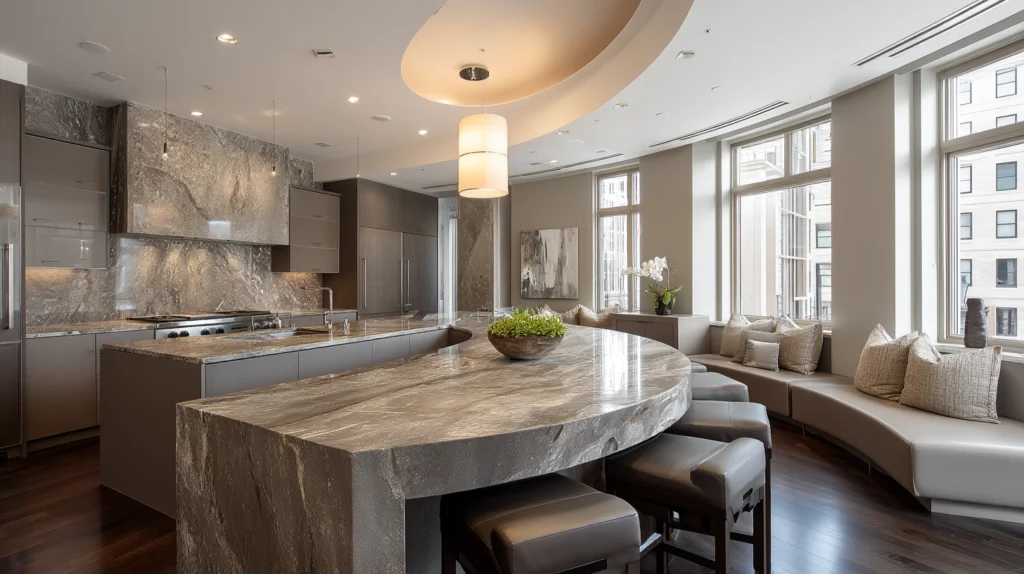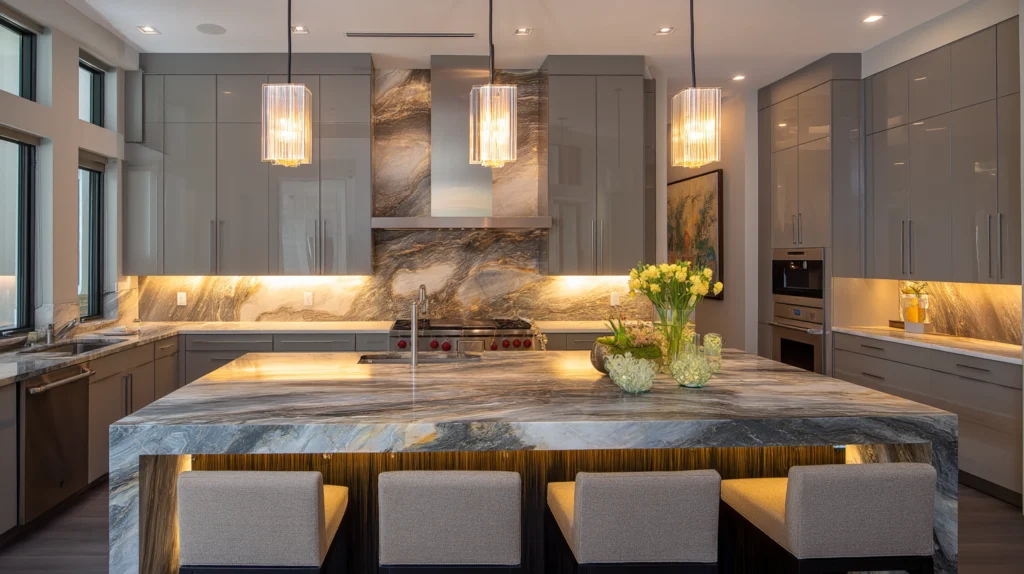Black and White Kitchen Cabinets: Timeless Elegance for Modern Sacramento Homes
The black and white kitchen is more than a design trend, it’s a statement. In Roseville and Sacramento, homeowners are choosing black and white kitchen cabinets to create kitchens that feel modern, clean, and timeless. Whether you prefer classic shaker cabinets or sleek flat panels, the contrast between black and white cabinetry adds sophistication and balance to any space.
If you’re thinking about remodeling your kitchen and want a bold yet versatile style, black and white kitchens offer the perfect backdrop for form and function. At America’s Advantage Remodeling, we help Northern California homeowners design kitchen spaces that work as beautifully as they look.
Why Black and White Kitchens Are Trending in 2025
In 2025, kitchen design is moving away from all-white interiors and embracing high contrast. Black and white kitchens strike the ideal balance between clean design and bold statement. These kitchens aren’t just modern, they’re enduring.
Homeowners in Sacramento are drawn to the way black kitchen cabinets ground the space, while white kitchen cabinets open it up and enhance natural light. This contrast makes the space feel structured and intentional, whether you’re working with a small space or a sprawling open concept kitchen.
The pairing of black and white cabinets works in both older homes and new builds. This adaptability is one of the reasons the black and white kitchen remains popular across different neighborhoods, from suburban Roseville to midtown Sacramento.
The Lasting Appeal of Black and White Cabinets

A Color Combination That Stays in Style
Black and white is one of the most basic color palettes, but it’s also one of the most impactful. A black and white kitchen can be styled in dozens of ways,modern, transitional, even traditional. This flexibility makes it a smart choice for homeowners who want a timeless look without locking into a short-lived trend.
Whether you choose white shaker cabinets with matte black countertops or stunning black cabinets with white marble countertops, this pairing creates a focal point that never goes out of style.
Design That Supports Resale and Longevity
Remodeling your kitchen is a significant investment. Choosing black and white cabinetry adds long-term value, because this palette appeals to a wide range of buyers. It also gives you the freedom to update other elements in your kitchen without starting over.
Your backsplash, wall color, or pendant lights can change over time, but black and white kitchen cabinets remain a strong foundation that evolves with your style.
Smart Design Tips for a Balanced Black and White Kitchen
Use Layout to Create Visual Harmony
One of the most popular layouts in black and white kitchens is black base cabinets with white upper cabinets. This setup helps keep the space feeling open while still providing visual weight and contrast. In homes with larger kitchens, a black kitchen island with white cabinetry along the perimeter can act as a natural focal point.
You can also use white cabinetry to make a small space feel larger and pair black cabinets in areas like pantries or appliance walls to add structure without overwhelming the room.
Cabinet Finishes That Elevate the Look
Finish choices are just as important as color. Matte black kitchen cabinets offer a sleek look that hides fingerprints and scratches better than glossy finishes. In contrast, a pure white cabinet finish brightens the space and reflects light, enhancing visibility and creating an airy feel.
Our team in Sacramento works with high-end finishes that hold up to daily use. We offer both painted and stained finishes to match any design aesthetic, from minimalist kitchen styles to more classic white kitchen designs.
Maximize Lighting for Comfort and Contrast
Lighting plays a critical role in black and white kitchens. Without good lighting, black cabinetry can make a kitchen feel heavy. That’s why we recommend layering your lighting: recessed ceiling lights, under-cabinet lighting, and well-placed pendant lights over the kitchen island.
In homes with ample natural light, black and white kitchens thrive. If your space lacks natural light, we’ll help you create a lighting plan that ensures your kitchen stays bright, balanced, and functional.
Coordinating Countertops, Floors, and Fixtures

Countertops That Complete the Look
Countertops bridge the gap between black and white cabinets. White marble countertops add luxury and texture to the space, especially when paired with black base cabinets. If you prefer lower maintenance, quartz countertops mimic the look of marble with better durability.
For bold kitchens, black countertops can tie into black cabinets for a sleek and modern look. Meanwhile, a white countertop above black cabinetry creates a striking contrast that feels both classic and contemporary.
Backsplashes That Add Personality
A good backsplash ties the entire kitchen together. White subway tile is a classic choice for black and white kitchens, but you can also explore bolder patterns, geometric shapes, or natural materials like stone or porcelain.
Backsplashes can also add warmth and softness to a space with a stark contrast. Using soft gray grout with white tile or incorporating natural wood shelves can make the space feel more inviting.
Flooring That Grounds the Kitchen
Your flooring choice can dramatically affect the balance of black and white kitchens. Wood flooring introduces warmth and organic texture, making it ideal for Roseville homes that want a mix of modern and natural wood tones.
In more modern kitchens, polished concrete floors add an industrial edge that pairs well with black cabinetry and stainless steel appliances. Light-colored tile flooring is another great option to keep the space open and reflective.
Hardware and Fixtures That Tie It Together
Don’t overlook the importance of cabinet hardware and fixtures. Brass hardware adds a touch of elegance, while matte black handles and faucets keep the style cohesive. Aged brass or brushed nickel fixtures work well in transitional kitchens that combine old and new elements.
We always recommend coordinating hardware with your pendant lights, range hood, and backsplash for a complete and intentional look.
Avoiding Common Mistakes in Black and White Kitchen Design

Overusing Dark Tones Without Balance
Using too much black in a kitchen without balancing it with natural light or white cabinetry can make the space feel enclosed. We help our clients find the right proportion of black and white to create contrast without compromising the kitchen feel.
Forgetting Texture and Material Variety
When working with a monochromatic black and white palette, texture becomes key. Think white marble countertops, wood flooring, or floating shelves in natural wood. These textures bring warmth and softness into the space, making it feel more like a home and less like a showroom.
Choosing Low-Quality Materials
High contrast kitchens highlight both beauty and flaws. Poorly finished kitchen cabinets or low-quality countertops will show wear quickly. Our Sacramento remodeling team sources durable, premium materials that withstand real-life use, spills, splashes, and everything in between.
Styling Ideas for Different Kitchen Types
Modern Minimalist Kitchens
If you’re drawn to a minimalist kitchen, pair black cabinetry with a white countertop, slab cabinet fronts, and integrated appliances. Keep hardware sleek and minimal. Add pendant lights in matte black or metal to keep things clean and consistent.
Transitional Kitchens with Warmth
White shaker cabinets paired with a black island offer a timeless look that works well in transitional homes. Add touches like a marble backsplash or natural materials to bridge the gap between traditional and modern.
Classic with a Modern Twist
White upper cabinets with black kitchen cabinet bases and a white marble countertop create a clean and refined look. Add brass hardware or a decorative range hood to introduce old-world charm with modern sensibility.
Small Kitchens That Maximize Space
For kitchens with limited square footage, use white kitchen cabinets black accents, and reflective surfaces to enhance light. A white countertop and backsplash can help bounce natural light throughout the room, while black cabinetry adds depth.
Large or Open Concept Kitchens
In open concept kitchens, use a black kitchen island as a focal point. Surround it with white cabinetry to keep the space feeling light. Incorporate wood flooring or concrete floor materials for texture and zoning.
Custom Black and White Kitchens by America’s Advantage Remodeling

We’ve helped homeowners throughout Roseville and Sacramento bring their dream kitchen to life with customized black and white kitchen designs. In one Sacramento project, we installed black lower cabinets, white shaker cabinets on top, and quartz countertops with soft veining. The kitchen island featured a built-in range hood and pendant lights that became a true focal point.
In another Roseville kitchen, we used black and white kitchen cabinets with a bold patterned backsplash and white walls. Floating shelves in natural wood softened the contrast and made the cooking space feel more personal.
Our clients love the sleek look and timeless feel of these designs, and we love building spaces that match their lifestyle.
Is a Black and White Kitchen Right for Your Home?
Ask Yourself These Key Questions
- Does your home get good natural light?
- Are you looking for a modern feel or something more transitional?
- Do you want a style that stays relevant for years?
If the answer is yes to any of these, black and white kitchen cabinets could be the perfect fit.
How We Help You Decide
We don’t just install cabinets, we design complete spaces. Our process includes:
- One-on-one design consultation
- Full 3D renderings so you can visualize the space
- Help choosing countertops, hardware, lighting, and more
From Sacramento’s historic homes to Roseville’s new builds, we tailor every kitchen to your needs.
Why Homeowners in Sacramento and Roseville Trust America’s Advantage
America’s Advantage Remodeling has earned a reputation for delivering kitchen remodeling projects with precision, professionalism, and pride. We combine craftsmanship with high-end design knowledge to help you create a black and white kitchen that’s equal parts style and substance.
We offer:
- Local expertise in Sacramento-area homes
- Full remodeling service, from demo to installation
- High-quality kitchen cabinets in a range of colors and finishes
- Transparent timelines and professional crews
- A deep commitment to your vision
Frequently Asked Questions
Are black cabinets hard to maintain?
Not if you choose the right finish. Matte black is excellent at hiding fingerprints and scuffs, making it a great option for busy households.
Will a black and white kitchen feel cold?
Not with the right design. By incorporating natural wood, warm lighting, or textured backsplashes, you can bring warmth to any high contrast kitchen.
Can I add color to a black and white kitchen?
Absolutely. Add pops of color with décor, stools, rugs, or even plants. The black and white base makes color accents really stand out.
Is this color palette too trendy?
Not at all. Black and white kitchens have been popular for decades. They offer a timeless foundation that adapts to any style.
How do I choose between white cabinets or black cabinets?
It depends on your space and lighting. In smaller kitchens, white cabinets help expand the room. In larger kitchens, black cabinetry adds drama and sophistication.
Final Thoughts: Create a Timeless Kitchen That Reflects Your Style
Black and white kitchen cabinets are more than just a design choice, they’re a smart investment in style, function, and value. Whether you’re creating a minimalist kitchen in Sacramento or redesigning a classic kitchen in Roseville, this color palette provides the flexibility and elegance homeowners want.
Let America’s Advantage Remodeling help you bring your vision to life. From white kitchen cabinets and marble countertops to bold backsplashes and pendant lights, we’ll design and build your perfect kitchen.


